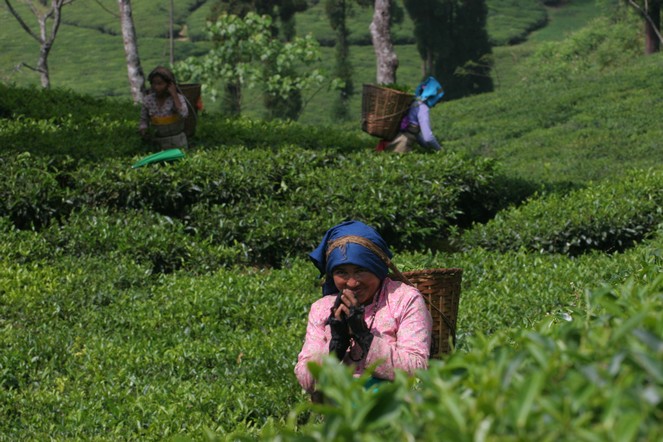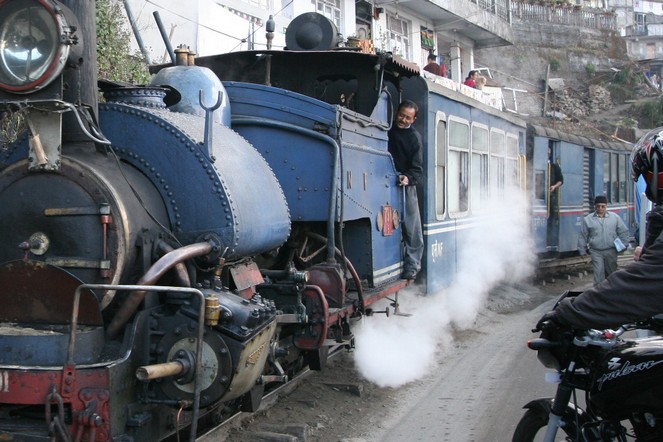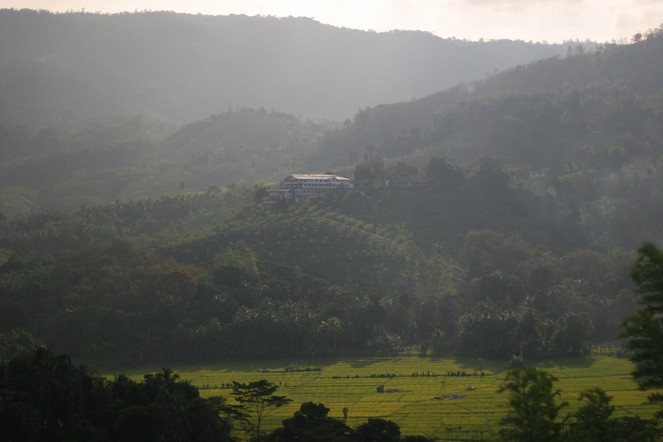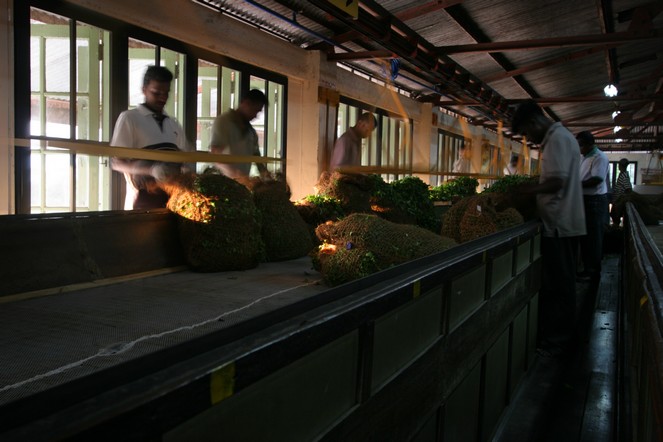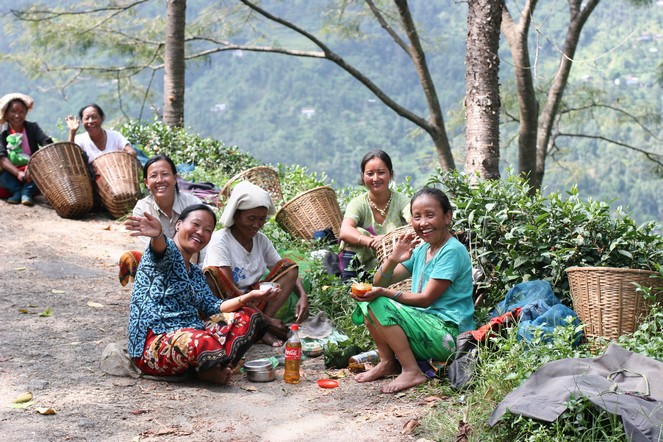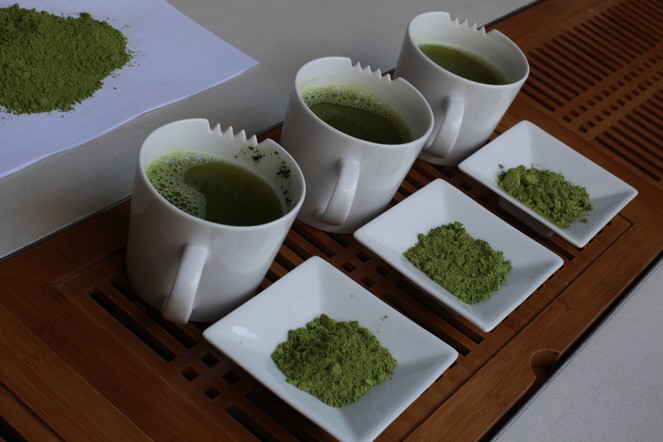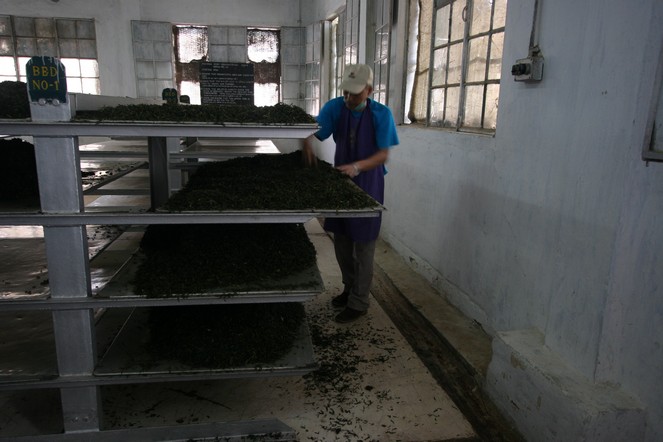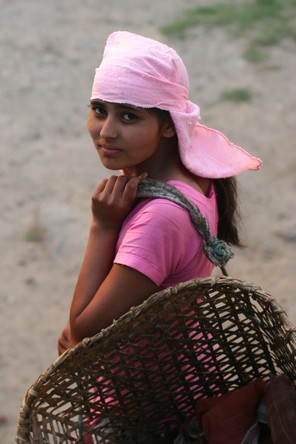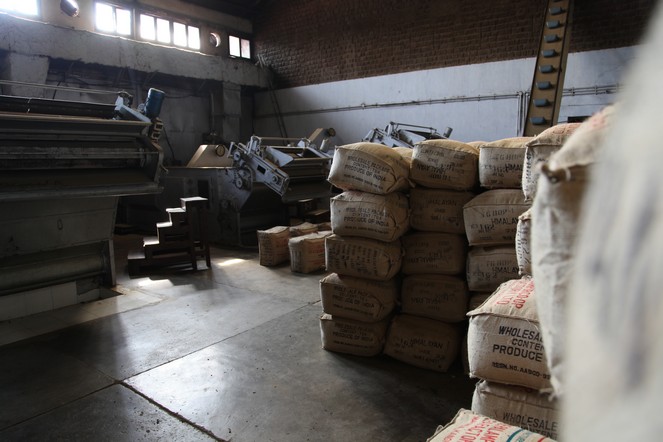In India, the gesture of putting your hands together is a very polite way of saying hello. As we start 2013, I also bring my hands together to welcome in another year, and hope that yours will be full of life and happiness.
Setting off for a new year
I invite you to join me aboard the Darjeeling Limited. The steam engine belches out swirls of white smoke, its whistle echoes around the valley, and in a few moments it will set off in the direction of 2013.
I wish you all a very Happy New Year!
Magnificent Sri Lankan landscape
For those lucky enough to visit the beautiful country of Sri Lanka, this is the type of landscape found around the Sinharaja reserve in the south of the island.
This is the region where the low-grown teas are found, including the most famous, New Vithanakande.
Happy Christmas
I don’t have reindeer or a sleigh to offer you from the countries I travel around so frequently. However, in terms of a sack, I do have something for you.
I wish you much happiness, and some lovely surprises beneath the tree.
A winter harvest in Sri Lanka
The low sun illuminates these bags filled with freshly plucked tea leaves, creating a contrasting effect of light and shadow. The men work quickly, emptying the bags and spreading the leaves out on withering trays, so that there is no risk of them fermenting.
In some regions of Sri Lanka, tea is harvested at this time of year.
Taking a break on the tea plantations
On the tea plantations, the midday meal is a proper break.
Here, in Darjeeling, everyone gets their food out from their bag and sits down to eat, outdoors and in good spirits. The recycled cola bottles contain… tea!
Tasting cooking matchas
Every day, I have the pleasure of tasting very different teas. But the technique is always the same, and in each tasting session my senses are alive to the experience. I pay as much attention to the tea’s colour, smell and texture as to its flavours.
Here, I’m tasting three different cooking matchas in order to choose the best one. This powdered green tea from Japan can be used to flavour your cakes, sorbets and other dishes. Even a Christmas log, why not?
During the oxidation stage, experience is everything
During the oxidation process the tea leaves change colour, from green to brown. This only applies to black teas, of course.
Experience is everything when it comes to knowing when to end this stage. The factory manager must assess the colour of the leaves and their aroma, to decide if the tea has oxidised enough and it is time to dry it.
Fill your baskets with tea
This charming Nepalese tea plucker is setting off with her basket to harvest the young shoots of the tea bushes.
She reminds me of you all who, at this festive time of year, are out looking for things that will make your loved-ones happy.
The smell of tea factories
The buildings in which tea is processed are full of smells. Wilting produces the most pronounced aromas, while it is taking place, giving off vegetal, floral bouquets. The smell is so powerful, it literally transports you.
However, if you visit a tea factory outside the production season, like here at the Palampur Co-operative (India), other aromas are more dominant. You find yourself shutting your eyes to better appreciate the powerful smell of straw and horse hair.

